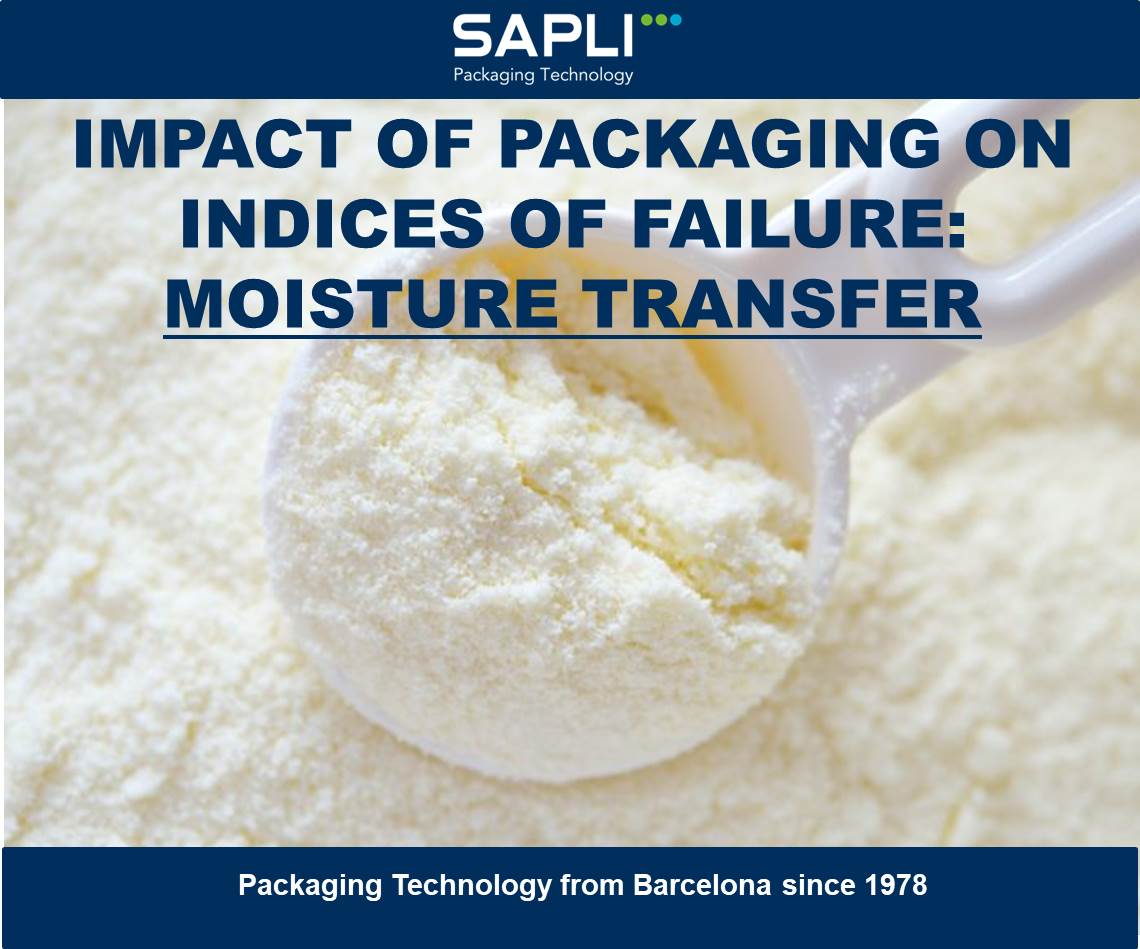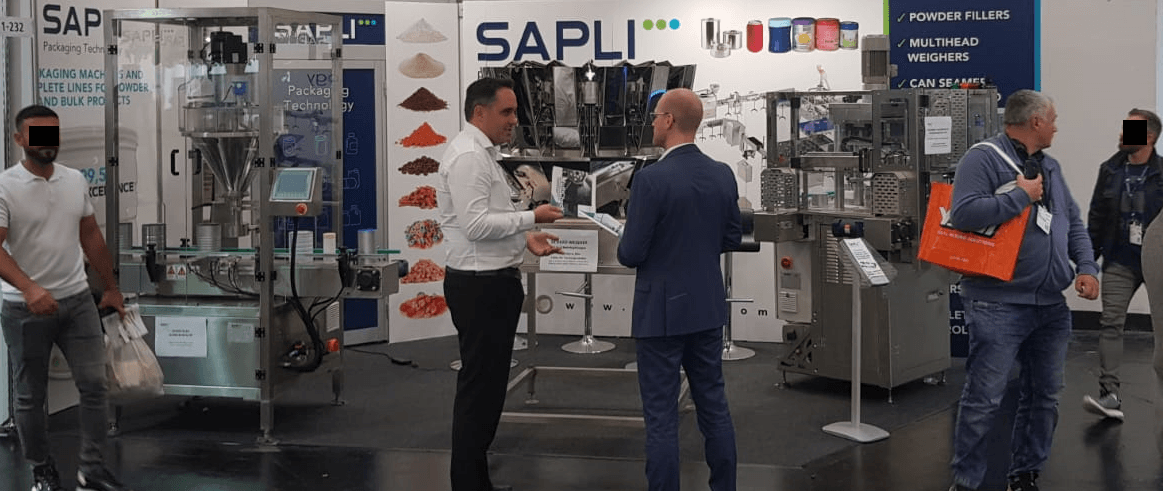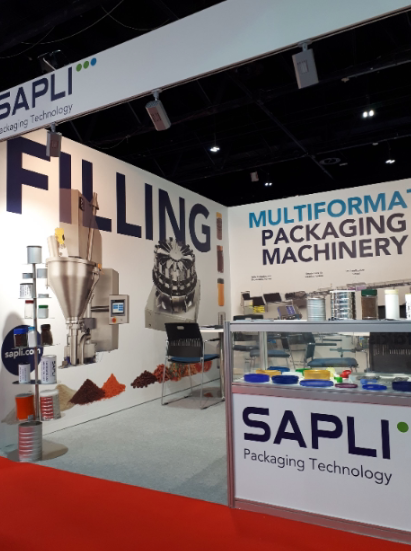IMPACT OF PACKAGING ON INDICES OF FAILURE: MOISTURE TRANSFER
IMPACT OF PACKAGING ON INDICES OF FAILURE: MOISTURE TRANSFER
Absorption or desorption of moisture can signi5 cantly affect the shelf life of foods. This is particularly the case for dry, powdery products such as milk powders. The main purpose of Packaging is to protect the powder from moisture ingress to preserve the product characteristics. When they gain moisture, powdery products become lumpy or cake. In addition, the moisture may lead to deleterious changes such as structural transformations, enzymic reactions, browning, and oxidation, depending on temperature and the availability of O2. Moisture or water vapor ingress in combination with light, O2, and an elevated temperature can result in physical loss of texture and caking due to lactose crystallization, microbial spoilage, nonenzymic reactions such as Maillard browning and fat oxidation. The effectiveness of a package can be determined during shelf life testing or by combining information from break-point testing (holding at increasing humidities) and knowledge about the characteristics of the moisture permeability of the Packaging material.
Although an “wáter activity” (known as aw) < 0.6 is considered sufficient to prevent the growth of microorganisms, chemical reactions and enzymic changes may occur at considerably lower levels. It is important for the determination of the maximum shelf life for milk powders not to exceed a moisture content corresponding to an aw at which the rate of lipid oxidation is at a minimum. Commonly the aw of Whole Milk Powder varies from 0.25 (low) to 0.35 (high) and for Skim Milk Powder from 0.32 to 0.43.
Moisture sorption isotherms (MSIs) for powders describe the equilibrium relationship between
the moisture content of the powder and the relative humidity of the surrounding environment at a specific temperature. Such MSIs are major sources of information for optimizing concentration and dehydration processes, microbial growth conditions, and the physical and chemical stability of the product. Knowing the MSIs of powdered milk products is essential to be able to predict their stability in association with packaging characteristics.
Changes in the immediate environment (i.e., temperature, moisture, and gas composition) can cause different types of reactions that may be interrelated and sometimes act synergistically. Therefore, it is very difficult to control a particular reaction. Moisture content and aw can often determine the rate of deteriorative reactions as well as microbial growth. As indicated earlier, prevention of microbial growth can be achieved provided aw < 0.6. However, increased moisture levels due to transmission or condensation of wáter vapor (due to temperatura fluctuations) could result in favorable conditions for microbial growth. Off-flavors, increased acidity, and visual and textural changes may be additional negative effects of microbial growth.
Another significant factor that causes caking in milk powders is lactose. Lactose is highly
hygroscopic, but crystallization does not occur if aw < 0.43, the moisture content <8.4%, and storage temperature <20°C. With the relatively high lactose content in filled milk powder (FMP) (~35%), the powder may be prone to caking with an increase in free moisture due to lactose crystallization. Difficulties in dispersing the powder in water (i.e., diminishing the instantizing properties) may be the result.
Therefore, in selecting a suitable packaging system for milk powders, three factors must be taken into account: the initial moisture content of the powder, the final acceptable moisture content of the powder, and the required shelf life.























